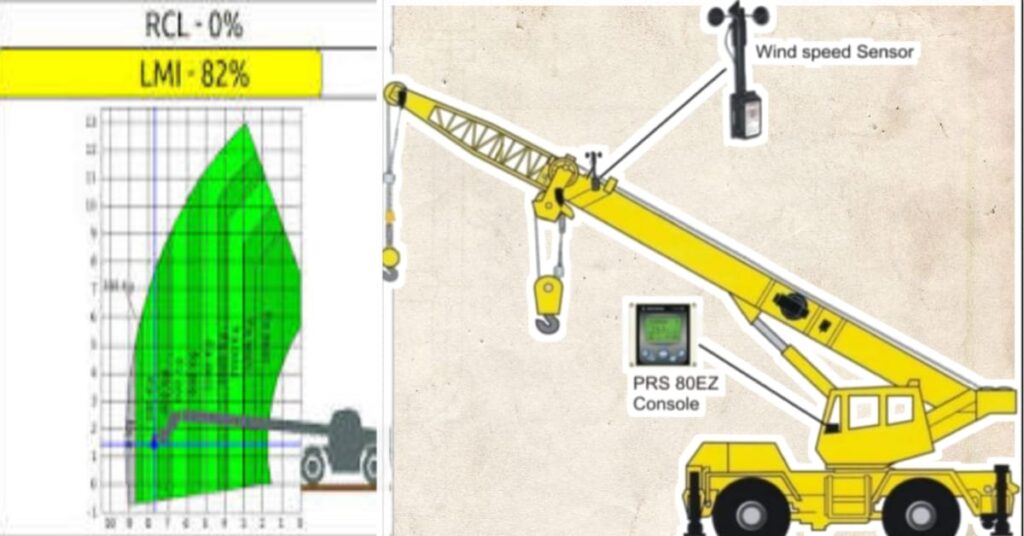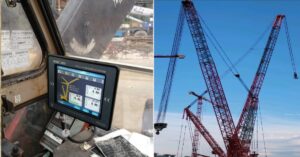Finally, identifying the underlying reasons for the discrepancy between LMI readings and crane alarms and addressing them requires a systematic approach. By prioritizing safety and involving competent professionals in comprehensive issue resolution, organizations can ensure the reliability and accuracy of crane safety systems, including responses to air conditions during lifting and rigging operations.
What is the permissible maximum wind speed for crane operations?
For safe crane operation, the permissible wind speed is approximately 25 miles per hour (40.23 km/h) or 11.18 meters per second—winds should not exceed 35 miles per hour. Operators should verify the recommended limits based on the manufacturer’s guidelines for precise wind speed readings.
What does LMI stand for on a crane?
LMI stands for Load Moment Indicator. It is a device installed on lattice cranes, mobile cranes, or tower cranes, commonly known as a Rated Capacity Indicator (RCI). This tool alerts the crane operator when the lifted load exceeds the manufacturer’s recommended lifting capacity.
What is the maximum allowable wind speed for lifting by crane?
When the wind speed on the working platform exceeds 20 miles per hour (continuous or gusts), it is unsafe to lift. If this is the case, lifting operations should not commence or, if already underway, should be halted.
What is a Safe Load Moment Indicator (SLI) for a crane?
Crane operators are responsible for ensuring the safe operation of cranes, relying on various safety devices, one of which is the Load Moment Indicator (LMI). The crane’s load moment indicator measures the weight and angle of the boom, monitoring its conditions for safe operation.

Also read more: Wind Speed Limits, LMI, and A2B Device Systems.
What is the wind speed indication for a crane?
Anemometers provide wind speed measurements to ensure safe crane operation. Cranes are restricted from operating at high wind speeds. Typically, an anemometer (wind sensor) is installed on the crane to measure the wind speed around the crane.
What is the difference between LMI and RCI?
Several different sensors and designs are used for this information. The LMI system measures the force on the hoist line. Typically, it is installed on telescopic boom cranes and works with pressure sensors on the rod and bore sides of the boom lift cylinder. The RCI system measures the tension in the luffing line.
What are LMI and A2B in a crane?
Load Moment Indicator (LMI) and Anti-Two Block (A2B) are safety systems for cranes. The LMI alerts the operator when the crane is approaching or exceeding its safe load capacity, while A2B prevents the crane from operating if the hook and block are too close to each other.
In conclusion, a holistic approach is essential for identifying and resolving the underlying causes of discrepancies between LMI readings and crane alarms. By prioritizing safety and implementing comprehensive issue resolution involving qualified professionals, organizations can ensure the reliability and accuracy of crane safety systems, including responses to air conditions during lifting and rigging operations.
Tags: Crane Safety, LMI, WIND SPEED
